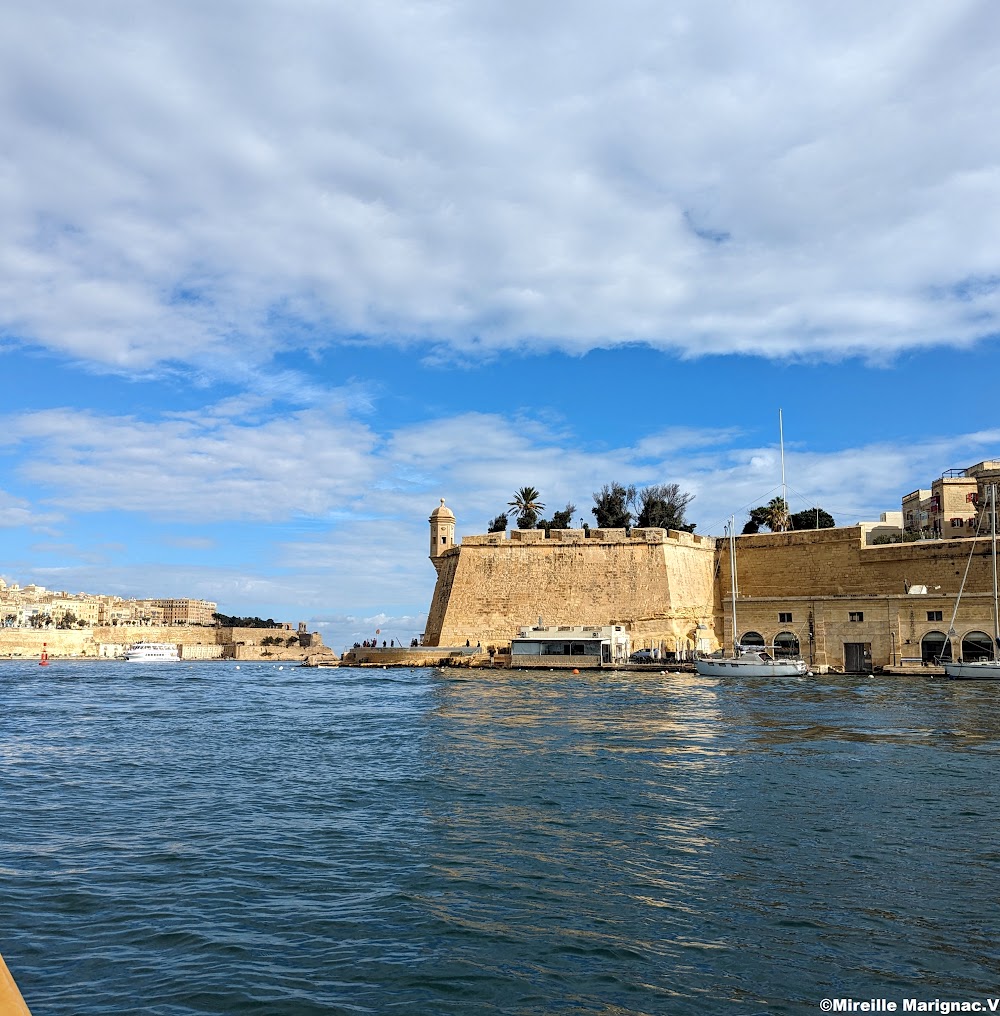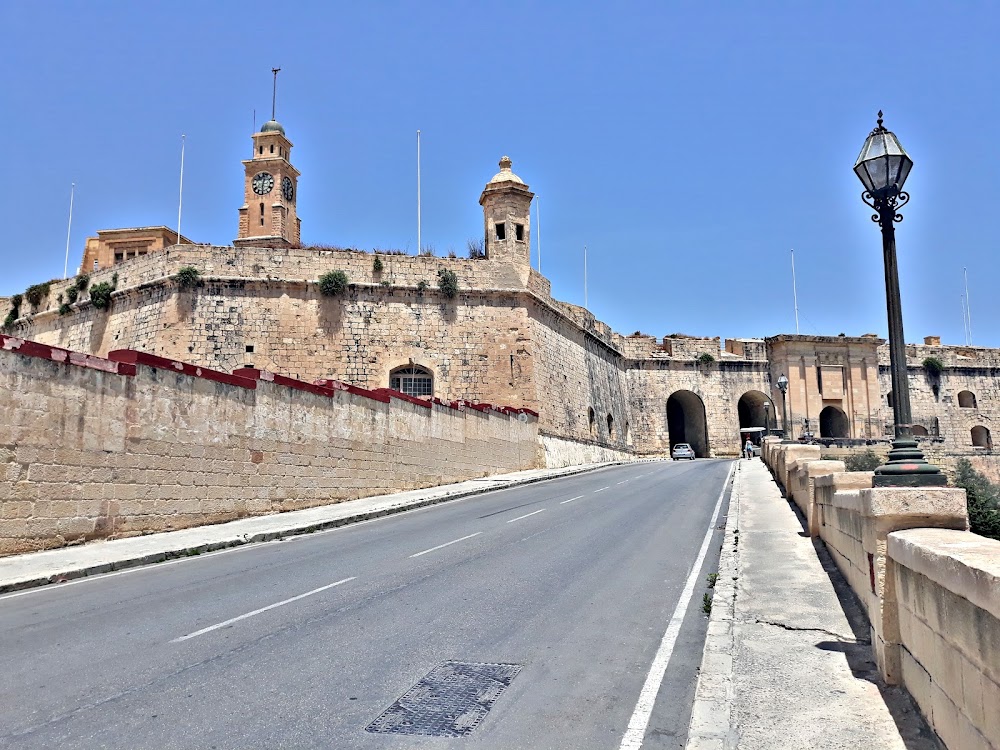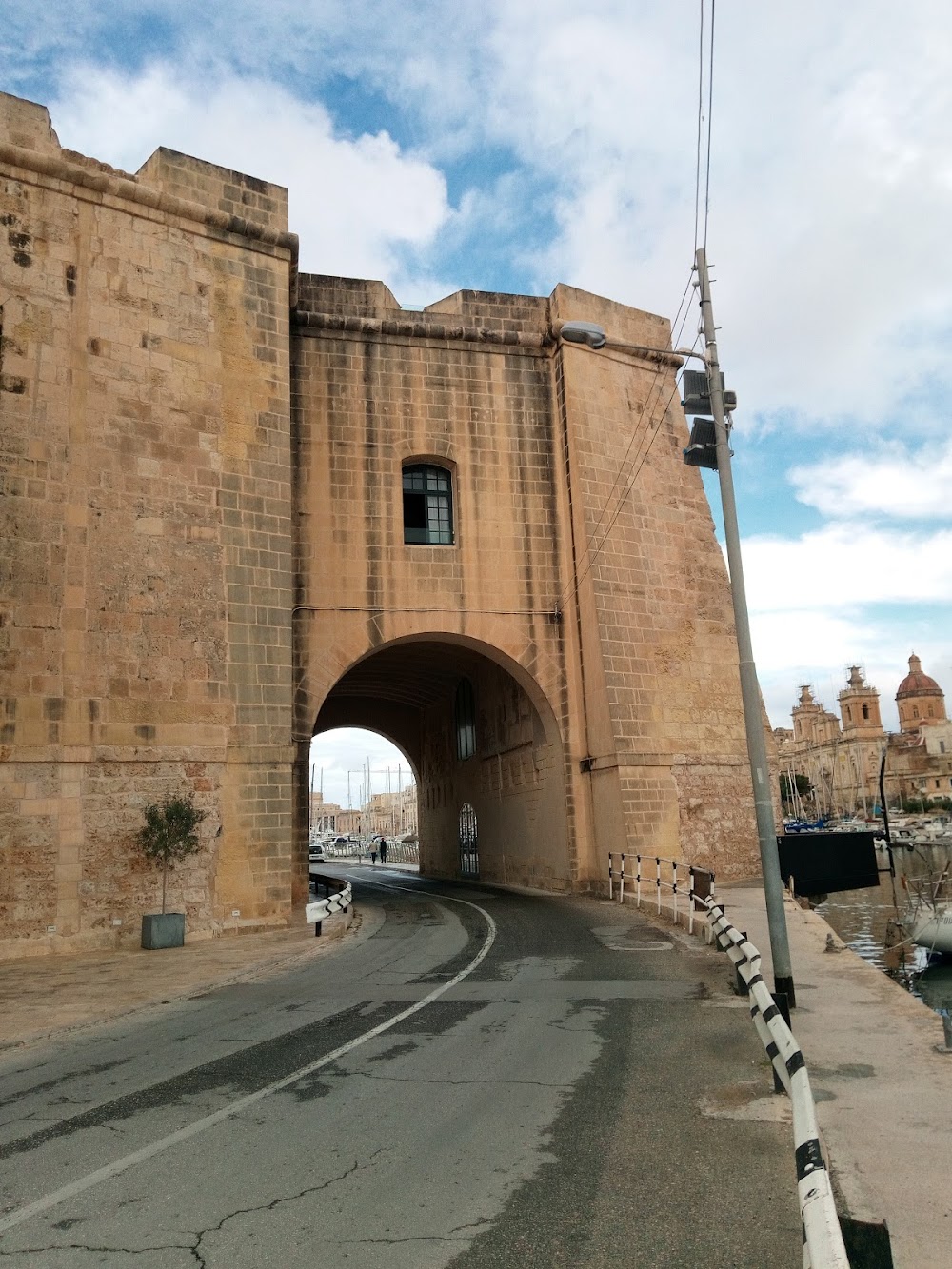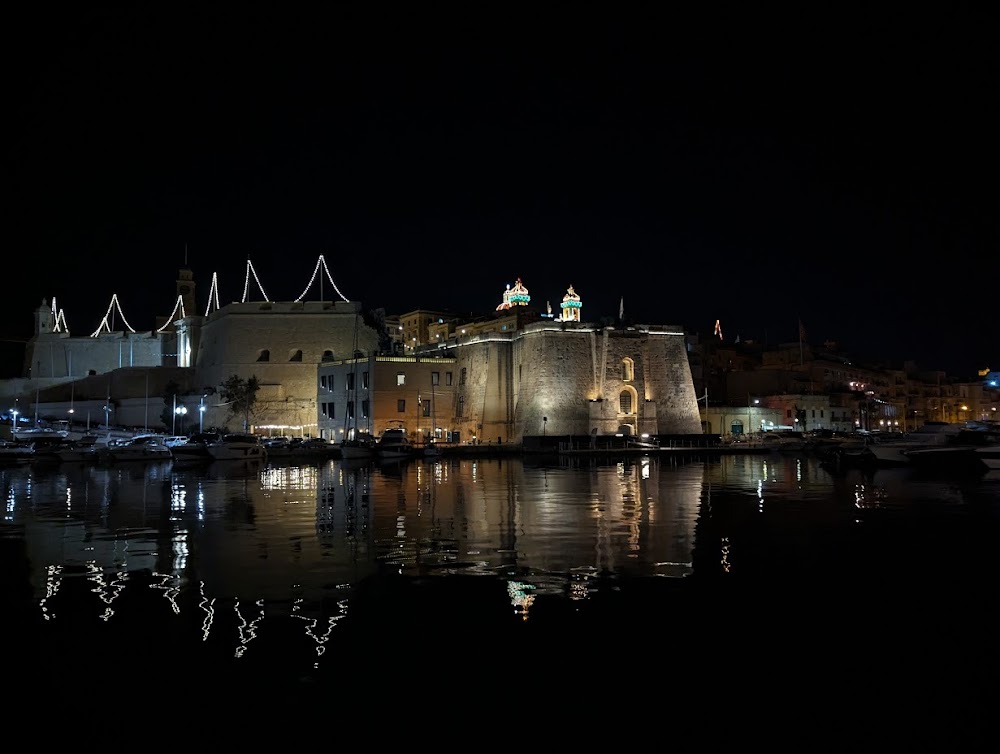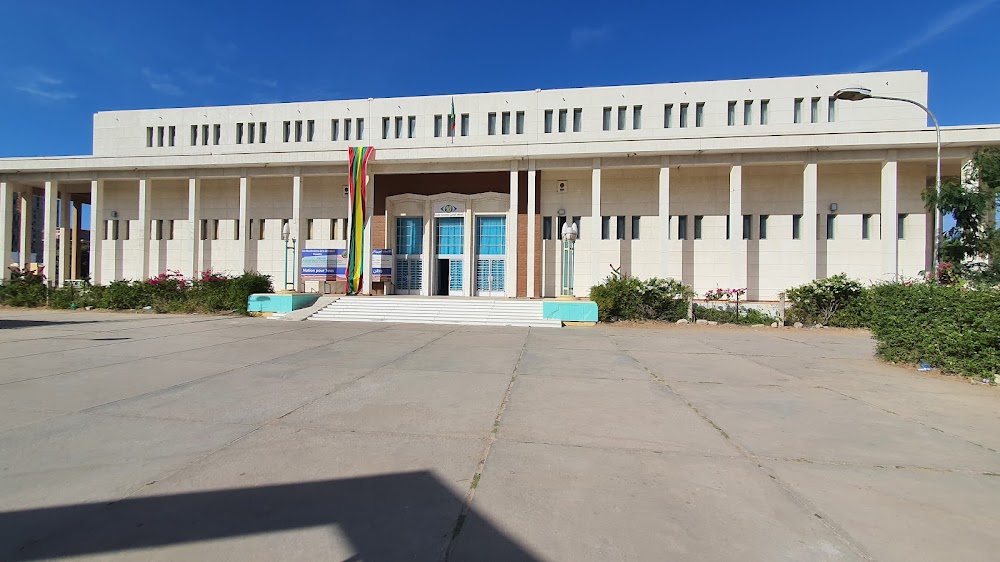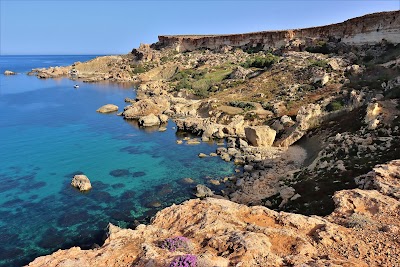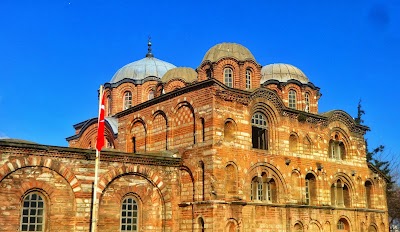Birguma Fortifications (Fortifikazzjonijiet ta' Birguma)
Overview
The Fortifications of Senglea, also known as the Birguma Fortifications, are a remarkable series of defensive walls and bastions nestled in the picturesque city of Naxxar, Malta. These impressive structures were erected during the era of the Order of Saint John, famously known as the Knights of Malta, to shield the island from various invasions, particularly from the formidable Ottoman Empire.
Historical Significance
Constructed primarily in the 17th century, the Birguma Fortifications emerged as Malta faced escalating threats from the Ottomans. This was a crucial period when the Knights of Malta diligently refined their fortification strategies to protect Malta, a strategic stronghold in the heart of the Mediterranean. The Senglea fortifications played an essential role in the larger defense network aimed at securing the Grand Harbour, an indispensable naval base and docking area for the Knights' fleet.
Construction and Design
Construction of these fortifications began in 1638 under the guidance of Grand Master Giovanni Paolo Lascaris. The design showcased the expertise of leading military engineers of the time, including the illustrious Italian engineer Francesco Laparelli. The location was astutely chosen to harness the natural landscape's defensive advantages, integrating existing natural barriers into the fortifications.
Key Features
One of the most striking elements of the Birguma Fortifications is the formidable Bastion of St. Michael. This bastion serves as a cornerstone of the defensive structure, engineered to withstand heavy artillery attacks while providing an excellent vantage point to detect approaching enemies. The bastion's walls are reinforced with robust limestone blocks, a material readily available in Malta and renowned for its durability and strength.
Another remarkable aspect is the unique configuration of the walls, known as the enceinte. These walls feature thick parapets and strategically positioned embrasures—openings that allow defenders to fire upon attackers while remaining sheltered. Additionally, the walls encompass a complex network of tunnels and passages, facilitating rapid troop and supply movement during sieges.
The fortifications were further enhanced with auxiliary structures such as cavaliers (raised platforms) and ravelins (triangular fortifications placed before the main walls). These additions created multiple layers of defense, compelling attackers to navigate through various obstacles before reaching the core walls. The meticulous planning and construction techniques employed in the Birguma Fortifications established a formidable defensive network.
Artistic and Cultural Reflection
Beyond their military function, these fortifications also reflect the architectural brilliance of their era. Visitors can admire detailed carvings and inscriptions adorning several sections of the walls, showcasing the craftsmanship and artistic influences of the time.
Legacy of Resilience
During the Great Siege of Malta in 1565, prior to the completion of these specific fortifications, Senglea played a pivotal defensive role. Inspired by the successful defense during that siege, enhancements to the fortifications were subsequently undertaken to ensure that such steadfast resistance could be mounted again if necessary. Although the fortifications have undergone various modifications and repairs over the centuries, they stand as a testament to the strategic military thinking and resilience of the Knights of Malta.
Today, the Fortifications of Senglea (Birguma Fortifications) in Naxxar are an important historical site. Visitors to Malta can explore these ancient walls and bastions, gaining valuable insight into the island’s rich past and the relentless determination of the Knights of Malta to protect their stronghold. This captivating site offers a vivid glimpse into the architectural and military ingenuity that has profoundly shaped Malta's history and cultural heritage.


